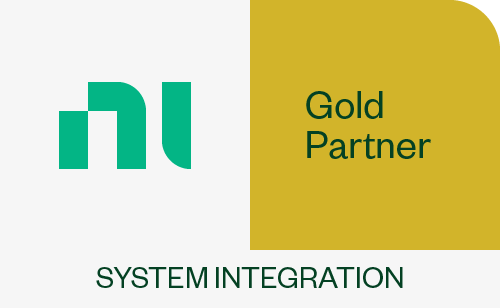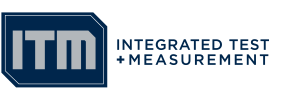Power Generation
The Power Generation category contains case studies and blogs related to ITM’s power generation machinery engineering and testing services.
Transform Your Silo into a Smart Weighing System with IoT and Strain Gauge Technology
in Blog Posts, Energy, Power Generation, Pulp & Paper/by Mark YeagerPredictive Maintenance with Amazon Monitron Sensors
in Aerospace | Defense, Automotive, Blog Posts, Civil | Infrastructure, Energy, Engineering Services Posts, Off-Highway, Power Generation, Pulp & Paper/by Mark YeagerStrain Gauges Improve Cooling Tower Fan Performance
in Blog Posts, Civil | Infrastructure, Energy, Power Generation, Pulp & Paper, Strain Gauge Services/by Mark YeagerITM connects with future engineers at UC Career Fair
in Aerospace | Defense, Automotive, Blog Posts, Civil | Infrastructure, Construction | Mining, Energy, Off-Highway, Power Generation, Pulp & Paper/by Mark Yeager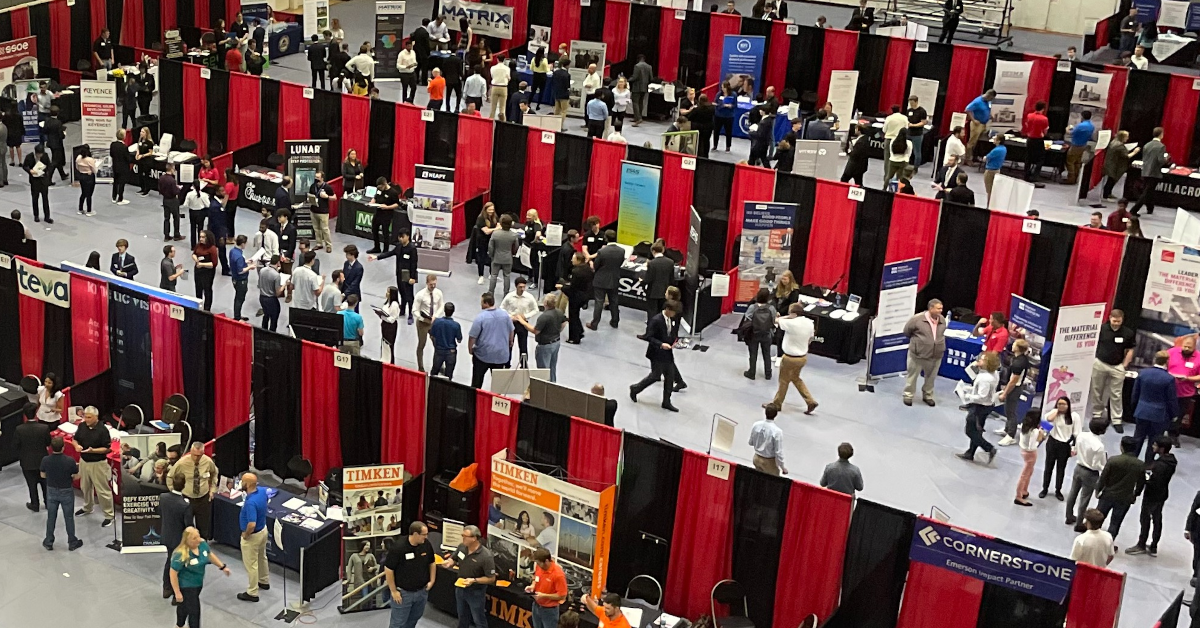
ITM connects with future engineers at UC Career Fair
Mixed among the buzz of voices inside the massive six-court gymnasium at the University of Cincinnati Technical Career Fair this week, ITM connected with a ton of impressive engineering students.
Potential full-time employees and co-op students heard for the first time about our engineering firm in Milford, Ohio. It is always a joy to watch their eyes light up as we share the projects our team has the opportunity to deploy across the country and around the world.
The aerospace students hear that we work on rockets. The mechanical engineering students learn of the rugged measurements we collect on massive machinery. And the computer programmers discover that we’ve spun up our own software products.
The reaction is almost always the same: “Wow! I had no idea.”
For our team, the day is equally as fulfilling as we connect with the next generation of engineers eager to get to work and apply their knowledge.
Our firm is interested in filling full-time roles for students graduating with a degree in mechanical engineering, mechanical engineering technology, electrical engineering, electrical engineering technology and aerospace engineering.
Are you a current student or recent graduate who loves adventure, travel and has an entrepreneurial spirit? Discover a culture driven by innovation at ITM. Check out our job postings or fill out our co-op questionnaire (/jobs/).
Come Visit our Booth at the UC Career Fair
in Aerospace | Defense, Automotive, Blog Posts, Civil | Infrastructure, Construction | Mining, Energy, Off-Highway, Power Generation, Pulp & Paper/by Mark Yeager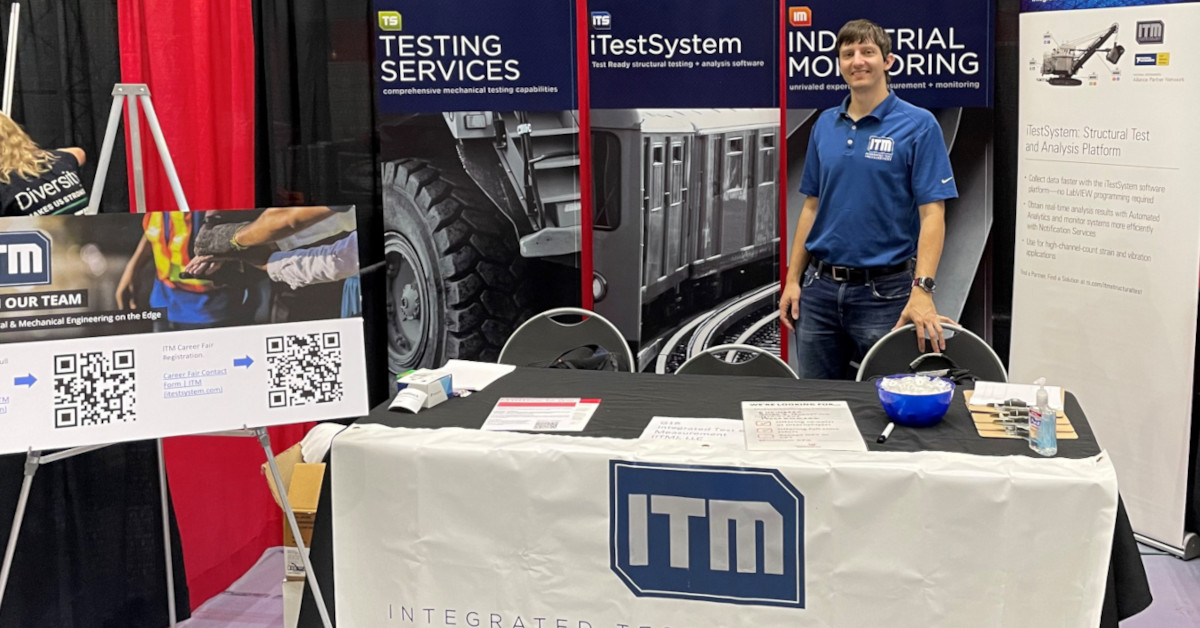
Looking for a new career? Come visit us at the University of Cincinnati Career Fair!
Where: UC Rec Center, Booth G18
When: Sept. 15th, 2022 – 10AM – 2 PM
For more information about available jobs, contact Josh Fishback via email: josh.fishback@itestsystem.com or phone: (844) 837-8797.
ITM Recruiting Full-Time Engineers at UC’s Fall Career Fair
in Aerospace | Defense, Automotive, Blog Posts, Civil | Infrastructure, Energy, Off-Highway, Power Generation, Pulp & Paper/by Mark Yeager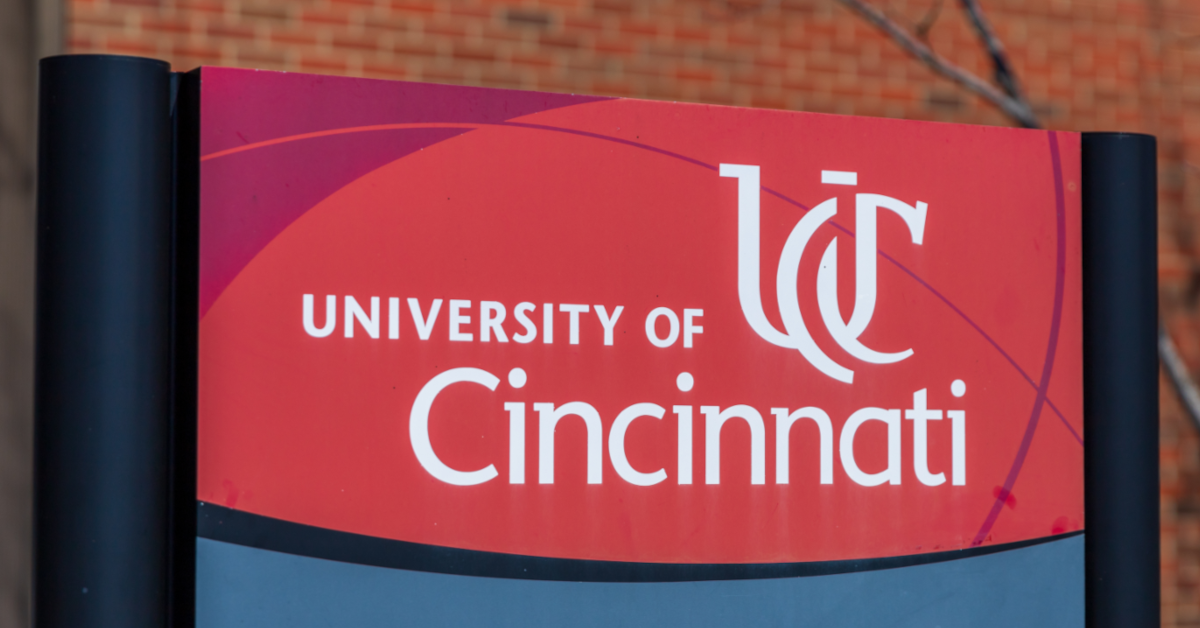
ITM Recruiting Full-Time Engineers at UC’s Fall Career Fair
University of Cincinnati students have an enormous opportunity to make a career-changing connection during the Professional and Technical Career Fair on Thursday, September 15.
Integrated Test & Measurement (ITM) will host a booth during Technical Day 2 of the event at UC’s Campus Recreation Center. Interested students can find ITM representatives from 10 a.m. to 3 p.m.
Our firm is interested in filling full-time roles for students graduating with a degree in mechanical engineering, mechanical engineering technology, electrical engineering, electrical engineering technology and aerospace engineering.
In addition to seeking full-time hires, we are searching for talented students who are interested in experiencing a dynamic and fulfilling co-op opportunity where you will have a chance to learn through exciting, hands-on engineering projects around the country.
ITM is a structural test & measurement engineering service and software company in Milford, Ohio, that focuses on three vertical spaces: Industrial Monitoring, Testing Services, and our configuration based test software, iTestSystem.
ITM offers competitive compensation and benefits and a career filled with travel and new learning opportunities. ITM was founded by Tim Carlier in 2001 to help companies around the world reduce costs and improve efficiencies in their product development, manufacturing and production activities.
Interested candidates should stop by our booth inside UC’s Campus Recreation Center from10 a.m. to 3 p.m. on Thursday Sept. 15 and/or email a resume and cover letter to: josh.fishback@itestsystem.com.
Our team will also be drawing for free hats and T-shirts, so be sure to find us during the event to learn more about ITM.
Rockets, road trips and paper mills
in Aerospace | Defense, Blog Posts, Power Generation, Pulp & Paper/by Ryan Welker
Why an ITM team trekked across Alabama several times in the same week
Our team should be intimately familiar with the three-hour stretch of I-65 between Prattville and Decatur, Alabama. They drove it four times in about as many days during a recent work trip.
The team had been on a troubleshooting assignment to a rocket-building NASA partner that needed help with what appeared to be failing sensors. They had no idea that what seemed like a fairly straightforward trip would soon become far more interesting and logistically challenging. One phone call later though, and they were dispatched 166 miles south to a paper mill client.
Upon arrival, they began commissioning new Acosense technology on the plant’s process lines. Integrated Test & Measurement is an exclusive U.S. installer of the Swedish technology that can constantly monitor and analyze liquids inside a pipe with non-invasive clamp-on sensors.
The small crew proved themselves both flexible and adaptable by pulling double duty as they served both clients for the better part of a week. Rocket work one day. Back in the car. Paper mill the next. Back in the car. And so on until both jobs were complete. The week could serve as a microcosm of the variety of work ITM engineers balance regularly.
“That was a challenging week for this crew for sure,” said ITM President Tim Carlier. “But it was all interesting technology and gave the team a chance to troubleshoot newer equipment. So it was a good learning challenge for us and an example of our dedication to meet the needs of our clients.”
ITM engineers and technicians experience a wide variety of projects and travel opportunities. For some, the real joy is working with their hands on site, while others prefer the more technical activities such as computer assisted design or relying on their social skills during customer interactions.
Ultimately, we do what it takes to deliver — even when that means burning up the roads in Alabama to get the job done.
For more information about our strain gauging and testing services contact Ryan Welker @ (844) 837-8797.
ITM Co-op Helps Engineering Student Set Sights Even Higher
in Aerospace | Defense, Blog Posts, Civil | Infrastructure, Energy, Off-Highway, Power Generation, Pulp & Paper/by Ryan Welker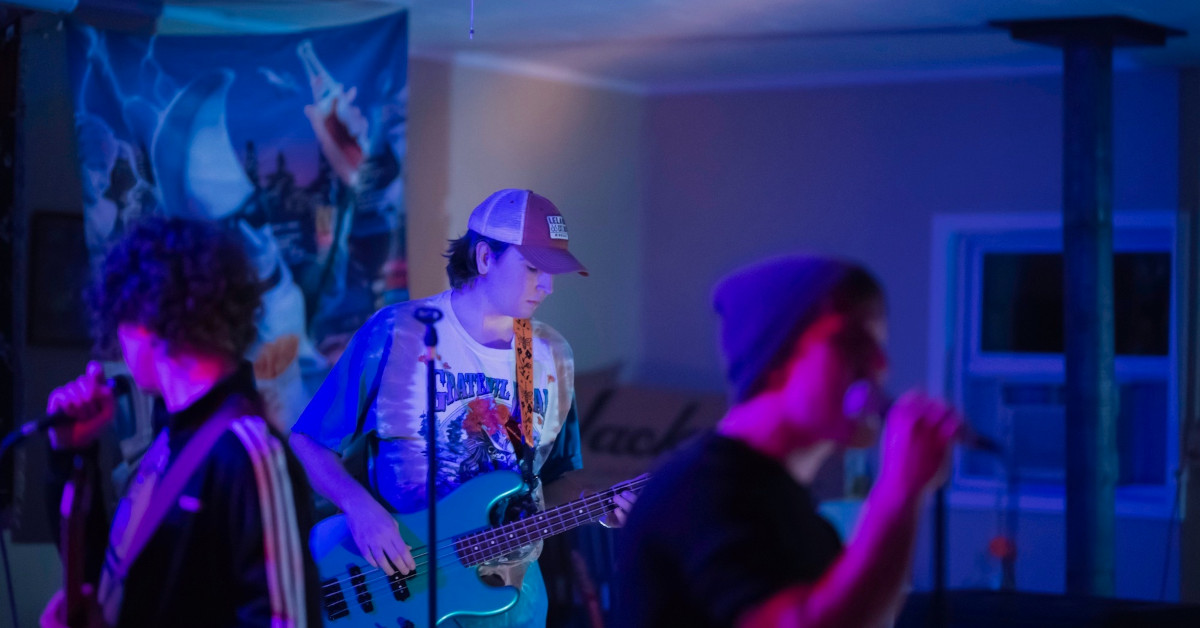
ITM Co-op Helps Engineering Student Set Sights Even Higher
Tyler House’s dream career began to come into sharper focus during his spring co-op at Integrated Test & Measurement.
After four months at the Milford, Ohio, firm the University of Cincinnati electrical engineering student headed into his summer feeling both excited by his work experience and inspired to emulate ITM CEO Tim Carlier one day by starting his own company.
“I know I want to do something I love,” said Tyler, who had just returned from a trip to Disney with his girlfriend to celebrate the end of the semester. “I’d like to start my own company someday. I’ve been poking at that idea. Definitely a big dream of mine is having that freedom and doing something that means a lot to me.”
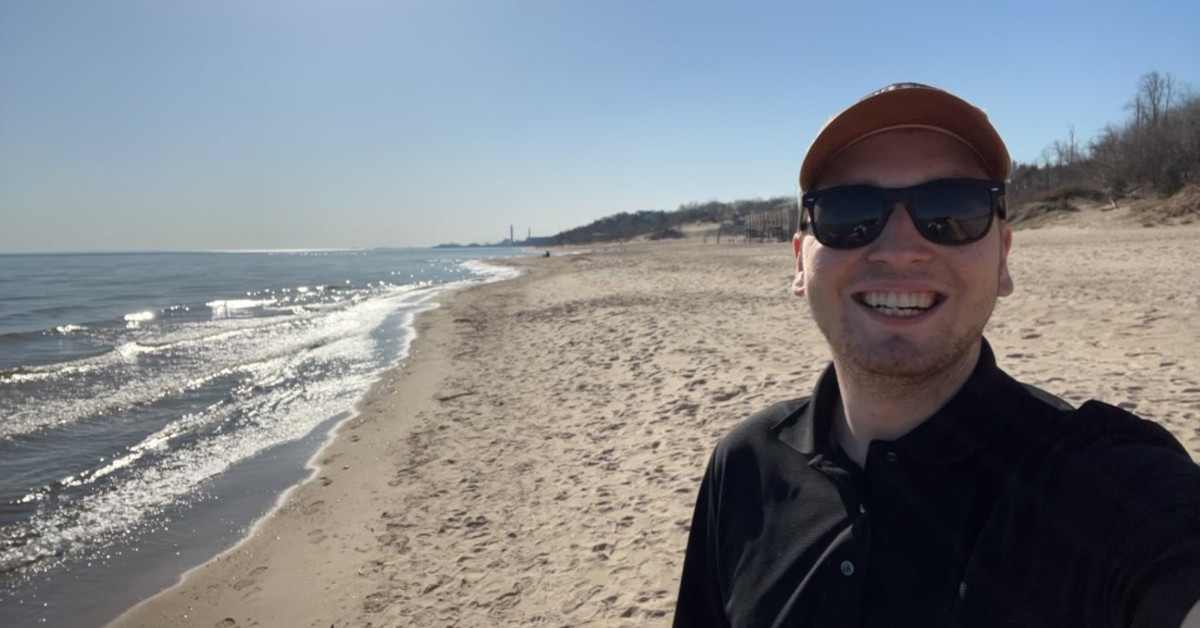
Perhaps the only thing that equals Tyler’s love of engineering is his love of music. He and a few fellow graduates from Clermont Northeastern (CNE) high school started a band called Wishbone, which has started lining up local gigs to cover rock and blues tunes stretching back a half century.
Tyler’s two worlds collided on the last day of his co-op when a couple of engineers from ITM dropped into his band’s “first bonafide show.”
“It was so much fun watching their reaction,” said Tyler, who employs his electrical engineering skills to repair the band’s gear when things inevitably break. “I love that they came.”
Coincidentally, like Wishbone, ITM’s entire leadership team — the CEO, VP of Operations, Lead Programmer and Administrative Director — are all CNE graduates. For Tyler, seeing that level of success from the same small high school as him was only more of a confidence lift.
He loves the entrepreneurial and inventive culture at ITM, where staff members are constantly tackling new challenges. “It’s really just a great place to figure out what you are into,” he said.
Tyler found himself learning a ton about Fusion 360, a cloud-based 3D modeling program, while researching mechanical properties and simulating failure modes on a bolted joint. He said he spent about half his co-op in the office doing things like assembling Data Acquisition (DAQ) boxes and the other half on the road working on-site. Experiences included everything from climbing inside massive paper mills to helping gather data on equipment operating in remote locations all over the country.
“In talking with my friends who have had co-ops, it’s hard to get to work in a place where you feel like you can make a difference and actually help fix problems,” said Tyler. “I definitely felt that. I learned really fast about how to deal with mistakes and just general problem solving.”
Besides the on-the-job learning, he loved exploring new places, national parks and more with the ITM crew after hours. He’s hoping to pick up some work helping ITM with any projects through the summer, and he’s interested in returning during his next co-op rotation in Spring of 2023.
Meanwhile, he’ll keep poking at his dream of someday owning his own company.
“You just have to go out there and get it,” Tyler said. “If you are aggressive about it, you will fail a bunch. But you’ve got to be able to get up off the ground and just keep rolling with it.”
For more information about Co-op or employment opportunities at ITM, contact Josh Fishback via email at josh.fishback@itestsystem.com or phone at (844) 837-8797 x705.
Modern Tools Series: What’s In The Box?
in Aerospace | Defense, Automotive, Blog Posts, Civil | Infrastructure, Construction | Mining, Energy, Off-Highway, Power Generation/by Tim Carlier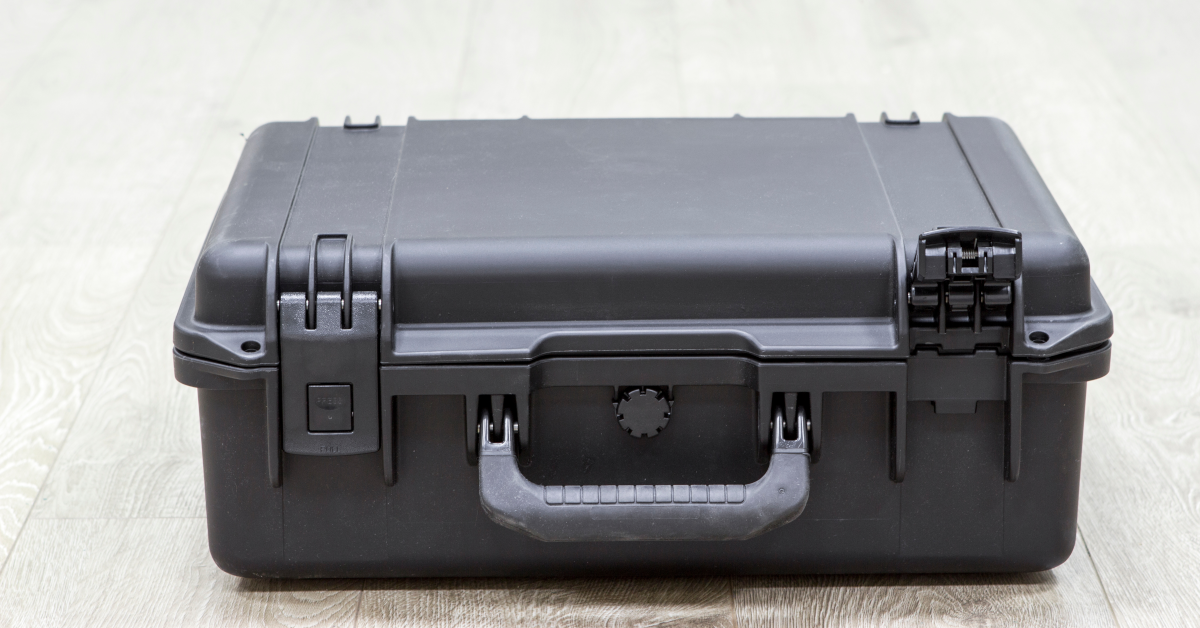
Modern Tools Series: What’s In The Box?
This box reveal may not be quite as dramatic as the ending of “Seven,” the ’95 serial killer thriller that blew moviegoers’ minds, but the ITM team is throwing open the latches nonetheless.
In this case, our team is taking you on a quick tour of a recently deployed Rugged Data Acquisition System. These particular black boxes of tech are riding around on high-dollar fracking equipment to remotely monitor all sorts of triggering events. Our crew builds them on the regular, and the end result is that our clients can better understand what sorts of stress, strain and vibration is taking place both en-route to their site and once operations begin.
ITM is known for building rugged measurement systems and data logging solutions that are deployed on everything from Class A trucks, to well frac trailers, to dam and bridge structures, oil pipelines, gensets, boilers and more.
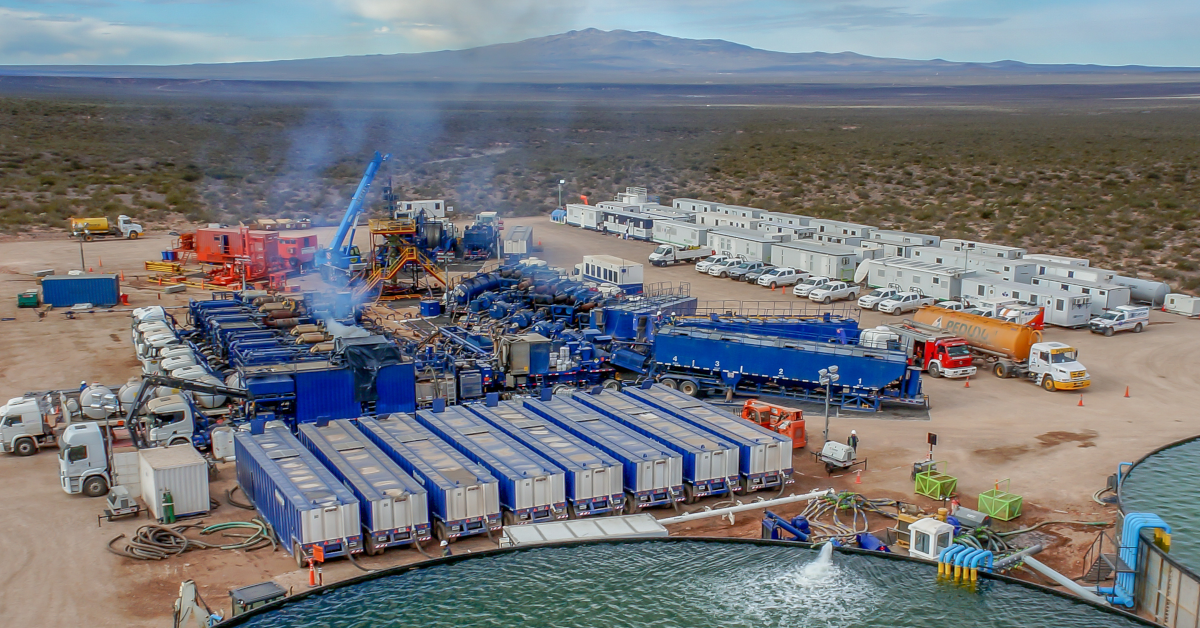
So, without further ado, what’s in the box?
We recommend a handful of essential components and elements if you are looking to build your own rugged measurement system:
- An Industrial Embedded PC. We love the Nuvo-7000LP. Another favorite is the Advantech UNO-2484G-9S55.
- You’ll need industrial grade connectivity, and you can’t beat Peplink’s cellular router options. And remember to outfit that unit with an AT&T or Verizon plan and get that activated card installed.
- A remote desktop application is a must, and we usually turn to LogMeIn for our remote access and file management. This allows us to pull up any of our units no matter where they are in the world to check in on status or grab some data for our clients.
- Speaking of data, depending on your job, you’ll likely need lots of data storage capability. Our preference is a 2 terabyte USB drive, which gives us an almost unlimited amount of space. If needed, we can store about six months worth of data before hitting capacity.
- Since our industrial PC is running Windows, we use iTestSystem, our proprietary engineering measurement software platform that enables test engineers to organize, acquire, view, and analyze data from machinery, processes, vehicles and other complex systems.
- To complete the box, our industrial PC is connected to an NI c-DAQ outfitted with strain, vibration and voltage modules.
- What about power you ask? In our fracking instance, we connected to an alternator which charges a bank of batteries in the RAC.
So there you have it. That’s what’s in the box. Build your own, or get in touch with our team, and we’ll customize a system for your specific needs.
We also install and service all of our equipment. So if something breaks in the field, we can get you back up and collecting data or even assist with data analysis.
For more information about our rugged data acquisition systems, on-site system deployment or data analysis services, contact Josh Fishback via email at josh.fishback@itestsystem.com or phone at (844) 837-8797 x705.
CONTACT INFORMATION
ITM | Integrated Test + Measurement
227 Water Street, Suite 300
Milford, OH 45150
Phone: 1.844.TestSys
Fax: 513.248.8453
Email: ITM Sales
ITM provides software development, structural and mechanical testing services, industrial monitoring, strain gauging, and data analysis solutions to clients on six continents. ITM is a recognized National Instruments Gold Alliance Partner.
